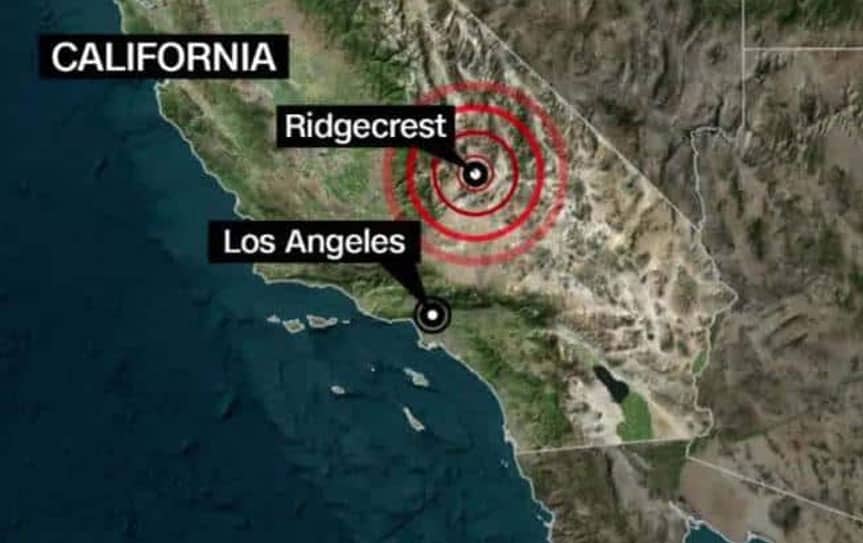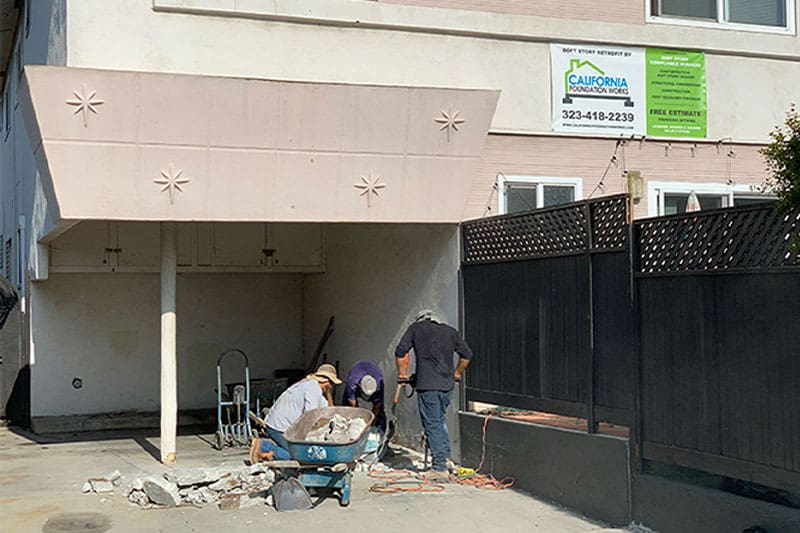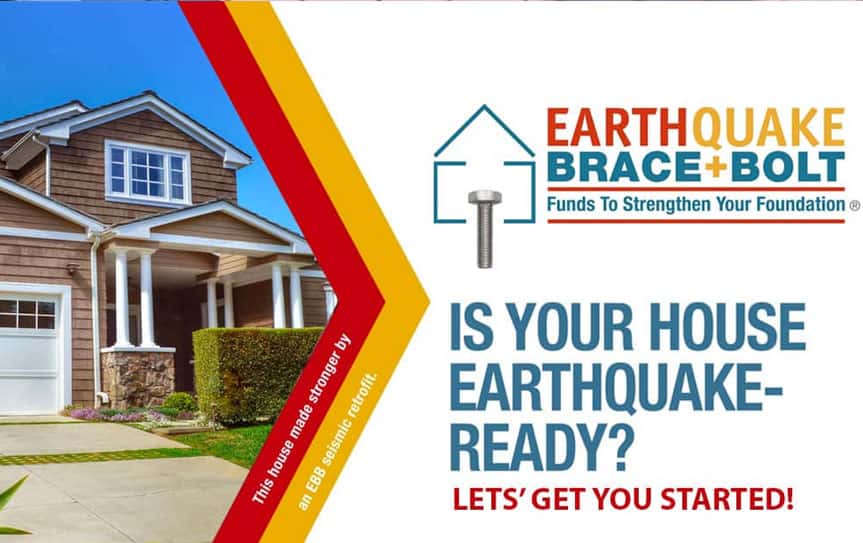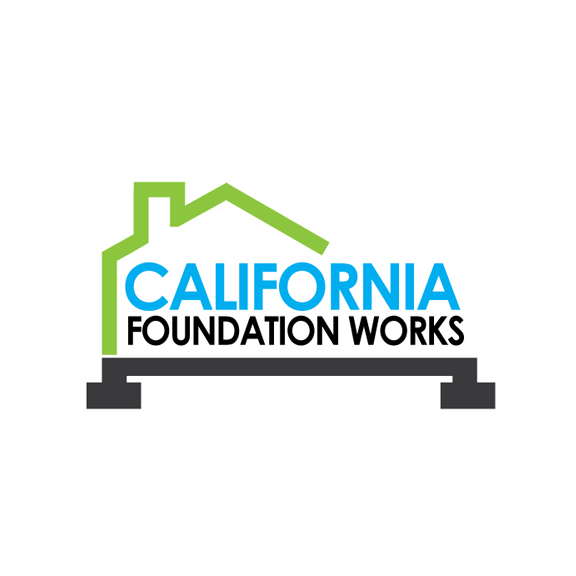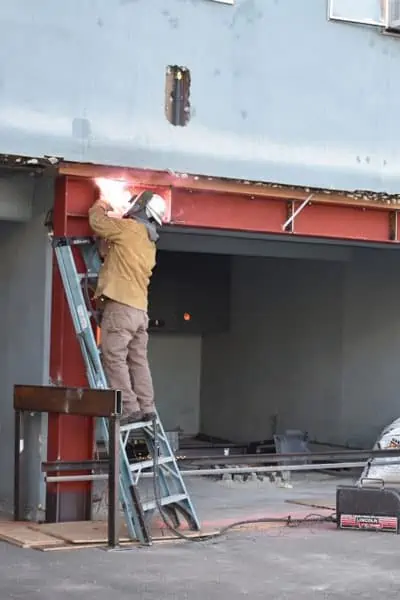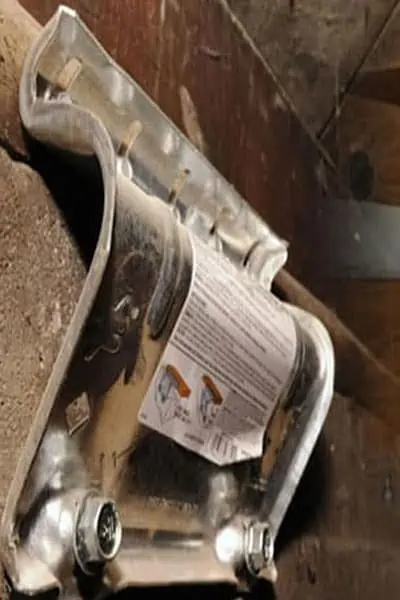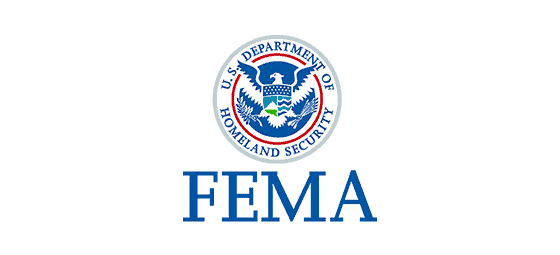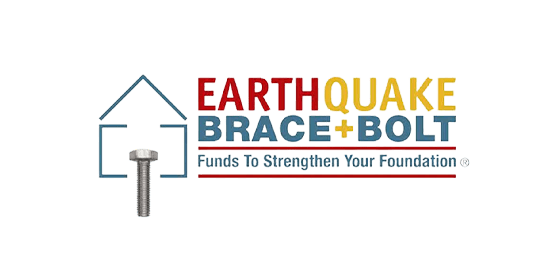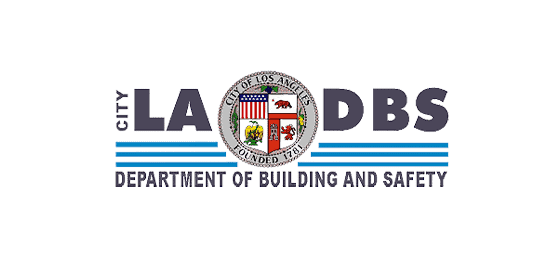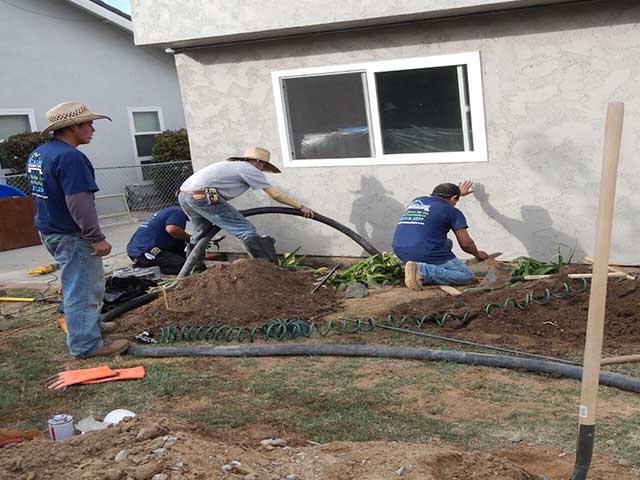Strap on your seatbelts Los Angeles homeowners, as we’re about to provide the ultimate breakdown for everything you need to know about earthquake retrofits. Los Angeles is infamous for being a high seismically active region. With NASA and researchers warning of a catastrophic earthquake accompanied by smaller tremors
Knowing that, it’s highly important that as a property owner you should include earthquake retrofitting for your residential or commercial properties before. Be Safe, Be Proactive! Over 20,000 buildings in Los Angeles County alone have already been marked as soft story structures that require mandatory retrofits, while countless other buildings are not fully prepared for the catastrophe of seismic activity.
Ensure that your house is fully fortified by discovering all about the earthquake retrofit process, including costs, savings, benefits, dangers, and more. It’s time to protect your property and residents!

